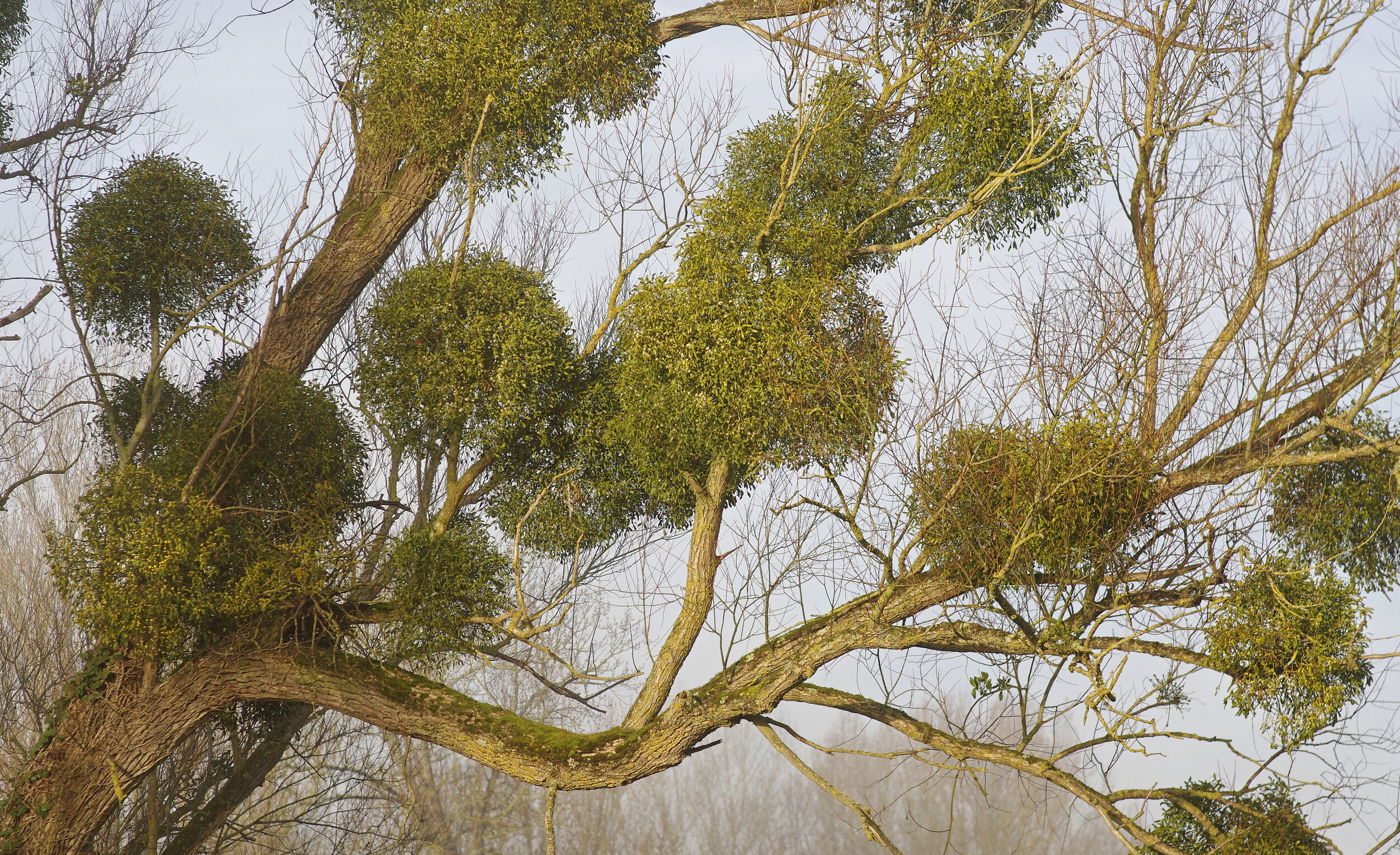New Zealand has some weird nature. It is amazing to see what an island free of any major terrestrial predators can produce. Unfortunately, ever since humans found their way to this unique island, the ecology has suffered. One of the most unique plant and animal interactions in the world can be found on this archipelago but for how much longer is the question.
The story starts with a species of bat. In fact, this bat is New Zealand's only native terrestrial mammal. That's right, I said terrestrial. The New Zealand lesser short-tailed bat spends roughly 40% of its time foraging for insects on the ground. It has lots of specialized adaptations that I won't go into here but the cool part is they forage in packs, stirring up insects from the leaf litter until they reach a level of feeding frenzy that I thought was only reserved for sharks or piranhas. Along with using echo location, they also have a highly developed sense of smell. This is important for our second player in this forest floor drama.
Enter Dactylanthus taylorii, the wood rose. This plant is not a rose at all but rather a member of the tropical family Balanophoraceae. More importantly, it is parasitic. It produces no chlorophyll and lives most of its life wrapped around the roots of its host tree underground. Every once in a while a small patch of flowers break through the dirt and just barely peak above the leaf litter. This give this species it's Māori name of "pua o te reinga" or "pua reinga", which translates to "flower of the underworld." The flowers emit a musky, sweet smell that attracts these ground foraging bats. The bats are one of the only pollinators left on the island. They sniff out the flowers and dine on the nectar, all the while being dusted with pollen. Recently, it has been found that New Zealand's giant ground parrot, the kakapo, is also believed to have been a pollinator of this plant. Sadly, today the kakapo exists solely on one small island of the New Zealand archipelago.
Both the wood rose and the New Zealand lesser short-tailed bat are considered at risk for extinction. When modern man came to these islands they brought with them the general suite of mammalian invasives like rats, mongoose, cats, and pigs, which are exacting a major toll on the local ecology. The plants and animals native to New Zealand have not shared an evolutionary history with such aggressive mammalian invaders and thus have no adaptations for coping with their sudden presence. The future of the wood rose, the New Zealand lesser short-tailed bat, and the kakapo, along with many other uniquely New Zealand species are for now uncertain.
Photo Credits: Joseph Dalton Hooker (1859) and Nga Manu Nature Reserve (http://www.ngamanu.co.nz/)
Further Reading:
http://bit.ly/2bKpxfE





















